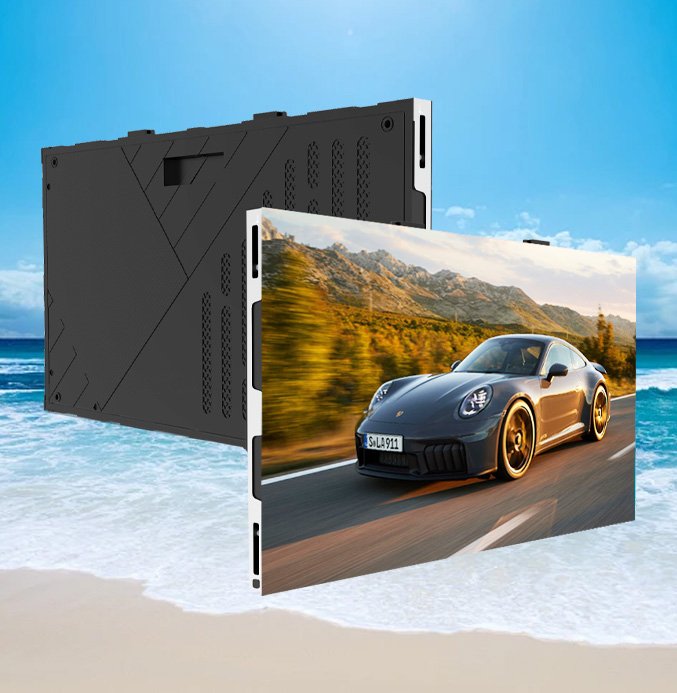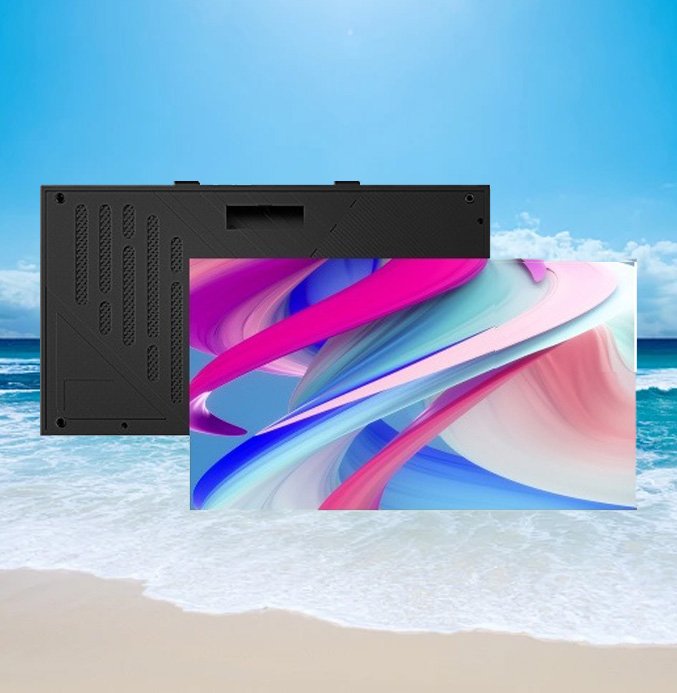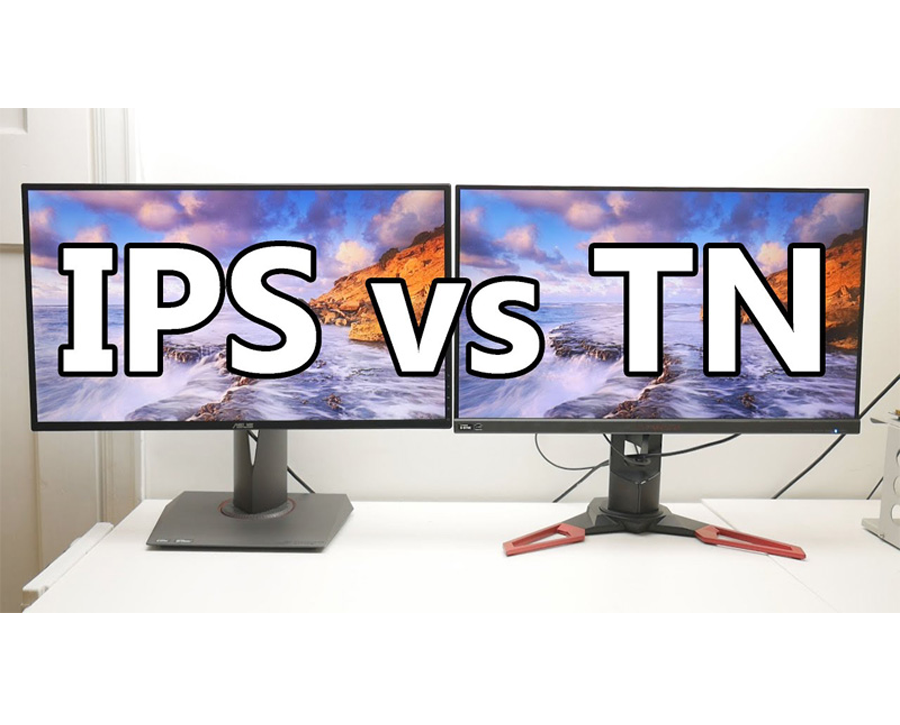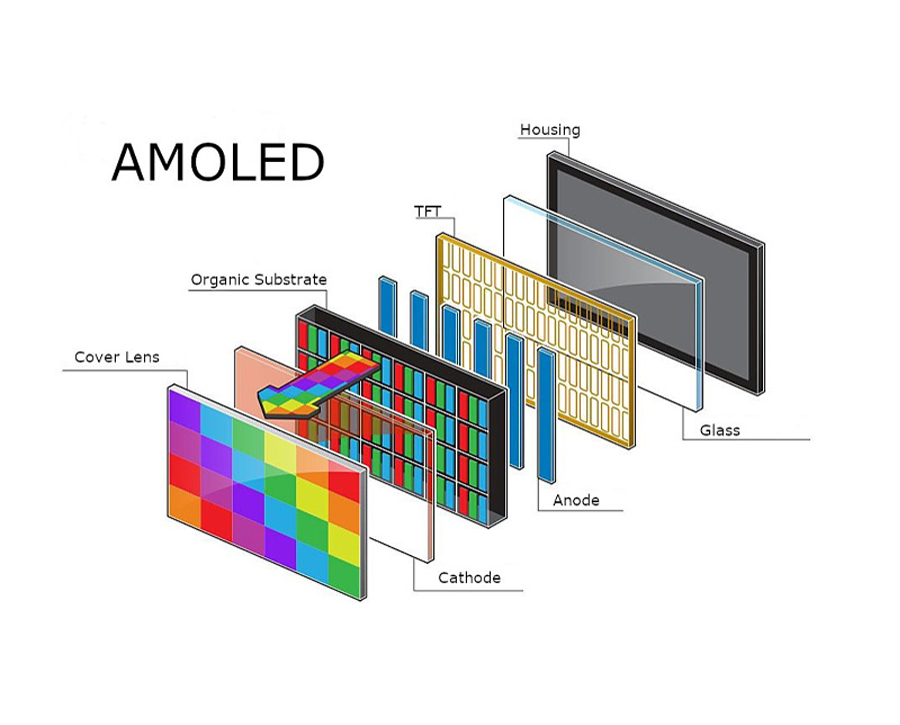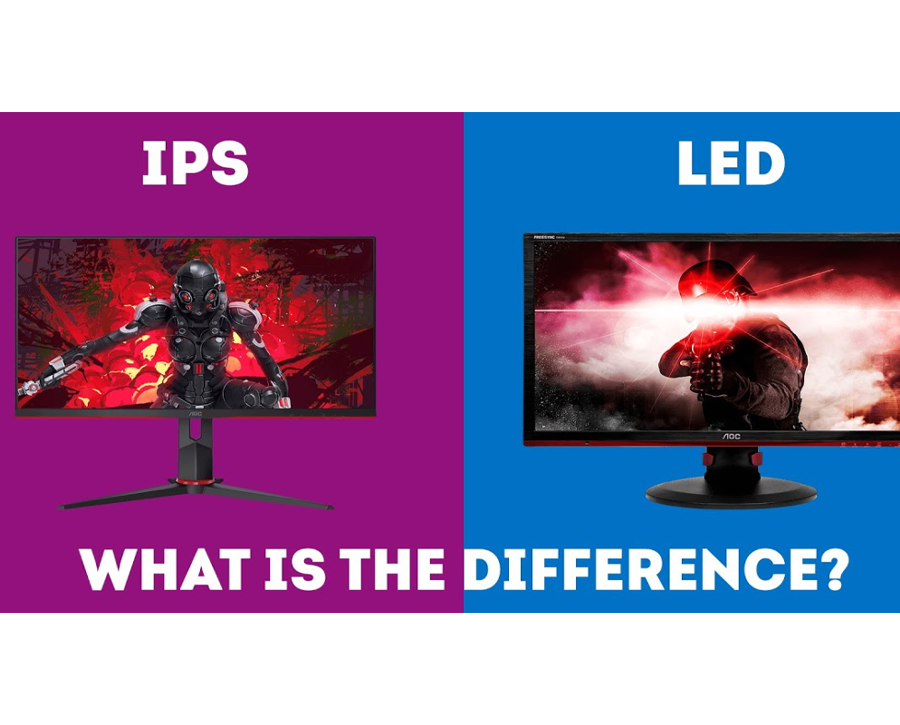
This piece seeks to highlight the differences between LED displays and IPS screens. The main difference between the two screens is that LED screens are energy-efficient and exceptionally bright. On the other hand, if you are looking for better color accuracy and wider viewing angle, buy an IPS screen.
What is an IPS Display?
In-plane switching (IPS) is a technology in which both electrodes are on the same plane. The engineers align liquid crystals on a horizontal line so that when they apply pressure, molecules stay horizontal but with a slight tilt. This technique ensures screen stability and forestalls distortion of images and coloring.
Display IPS technology trends for its near-perfect image representation and ability to show even from tight angles. It maintains originality and reality at wide angles. It is an excellent application in games with motion sensors. An IPS monitor does not ripple on the touch effect.
What is an LED Display?
LED stands for light emitting diode. Therefore, an LED display screen uses these diodes to back-light. These screens are standard in our environments. Many clients choose them because they exude brighter lighting for screens.
LED screens strike an effective balance between grayscale and backlighting. LED monitors also control energy usage by adjusting the screen brightness.
IPS Vs LED Display Comparison 2024
Lifespan
LED screens last longer. The lighting technology they use does not taper quickly.
Image Transmission
LED screens transmit signals from their light source, so the resultant image cast is stable. Therefore, it is evident that LED screens transmit images better than their counterpart IPS models.
Heat Management
LED monitors have advanced technology that enables them to exude high brightness levels with little heat. Thus, worries of extended use creating heating effects are minimized. On the other hand, monitor panel IPS are known to generate a lot of heat.
Excess heat can damage parts within the panel, which means they use much more power. You should avoid monitoring panel IPS if you reside in a heated environment.
Power Consumption
IPS screens tend to consume more energy compared with LED monitors. The reason is, widely, the technology they use. Panel IPS has a valuable niche, such as motion sensing screen games, but it may be expensive on devices such as phones and television sets.
Viewing Angle
LED screens may receive many accolades on a broad scope, but they cannot match IPS monitors regarding wide viewing angles. Indeed, IPS provides the widest viewing angle possible today. You can view the screen display even at angles as wide as 178o.
IPS shows you images as they are without tilting or distorting reality. On the other hand, LED monitors can only show clear images from positions up to 160o.
Color Accuracy
IPS monitor definition of color accuracy is another outstanding clear advantage that IPS technology and screens have over LED displays. If you wish to view clear and accurate colors displayed on your screen, IPS is a true master of color definition.
While LED screens have much more brightness, they need to improve their color expression. With IPS monitors, you see precise details in realistic color.
Contrast & Brightness
LED technology provides you with sufficient brightness on your screens. These screens also sport a more excellent contrast ratio than the IPS monitors. Thus, LED monitors are your best bet in bright spaces. You are always guaranteed visual clarity with LED.
Application Settings
LED displays are used in domestic spaces, shopping malls, and cinema halls because of their clear images and relatively straightforward contrast. They are also great options for those with a budget for energy. LED monitors consume less energy than IPS screens.
They are the choice monitors for most gadgets for personal and domestic use, including phones and smart TVs. Aesthetic consideration also makes LED monitors more commonly chosen by those who place a premium on the form.
LED screens come in a variety of shapes and sizes. You can sample thin designs with various panel and frame covers. On the other hand, IPS offers gamers the ultimate response times for real-time gaming action. IPS is also widely used in video graphic productions, photography, and even graphic design.
When to Choose IPS Display
IPS monitors could be the best option for using your screen in gaming environments. The latest inventions in IPS technology have allowed these screens to respond faster than their predecessors—the latest IPS screens sport lower motion blur effects. IPS screens also sport an excellent contrast ratio.
You watch images in true colors with little distortion, even from tight angles. In gaming, there is an inherent need for players to shift viewing angles. IPS screens have been built to consider game dynamics, such as tight viewing angles, for optimal game enjoyment.
When to Choose LED Display
Owing to their firm-tested technologies, stability, slim aesthetic designs, lightweight, and relatively lower cost, LED displays are the favorite for portable devices such as desktop monitors, laptops, and palmtops. Remember that LED displays consume much less energy than IPS screens.
IPS Display Advantages
No Screen Burn-In
Since IPS uses a backlighting technique to illuminate pixels, the possibility of burn-in is significantly reduced. Burn-in was a common issue with OLED screens due to the use of organic substances to produce light when subjected to an electric current.
With improved response times, the chances of images getting stuck on the IPS screen for longer than required are significantly diminished. These features all help to protect IPS monitors from burn-ins. IPS cannot permanently burn-in.
There may be a rare possibility of image retention for a brief moment, but permanent burn-ins do not apply to IPS screen technology.
Better Contrast
The latest IPS panels feature pronounced contrast, giving images of sizes and scales. They combine enhanced contrast using the horizontal electrode alignment tech to stabilize images and videos on the TV. IPS guards against blurring and image distortion.
Wide Viewing Angles
The broad viewing angle is a significant plus for IPS screens. The flagship technology informs new users what an IPS monitor is. The feature is attractive for gamers. It offers players a wide range of possibilities by allowing for shifting vantage points. IPS offers accurate views from angles up to 180o.
LED Display Advantages
Faster Response Times
LEDs with TN panels are known for faster response times. This makes them ideal for image display. It reduces blur in gaming settings, especially when objects move fast. LED also provides a stable signal because signal transmission is done through light sources. The resultant images are, thus, more stable.
Higher Brightness Levels
The higher brightness levels enable LED monitors to show clear images and videos in dark spaces with a lot of light. The brightness gives the panels a brilliant aesthetic spark.
Slim Design
There is a preference for light, slim designs all around us. LED monitors are designed with a sense of beauty and style. You are also treated to lightweight devices you can use on the go. The slim design gives LED monitors an attractive outlook.
Conclusion
The Comparison between IPS and LED displays is widely based on functionality. While one user may find ED displays more effective, the other may choose IPS monitors. Therefore, clients need to assess the device’s purpose before buying one.
LEDs sport excellent contrast, brightness, and clarity of display. IPS, on the other hand, offers wider viewing angles and realistic color definition. The latter attributes leverage the unique aspects of the meaning of an IPS monitor.
Install Quality Displays with LEDSINO Now!
Choosing the screen display that will work for you requires experienced dealers. LEDSINO supplies clients with display screens that help them meet their goals.
LEDSINO provides expert advice to consider before you commit to purchasing your screen. Call or email us for a quote and specialist advisory services for LED, IPS, monitors, and more.
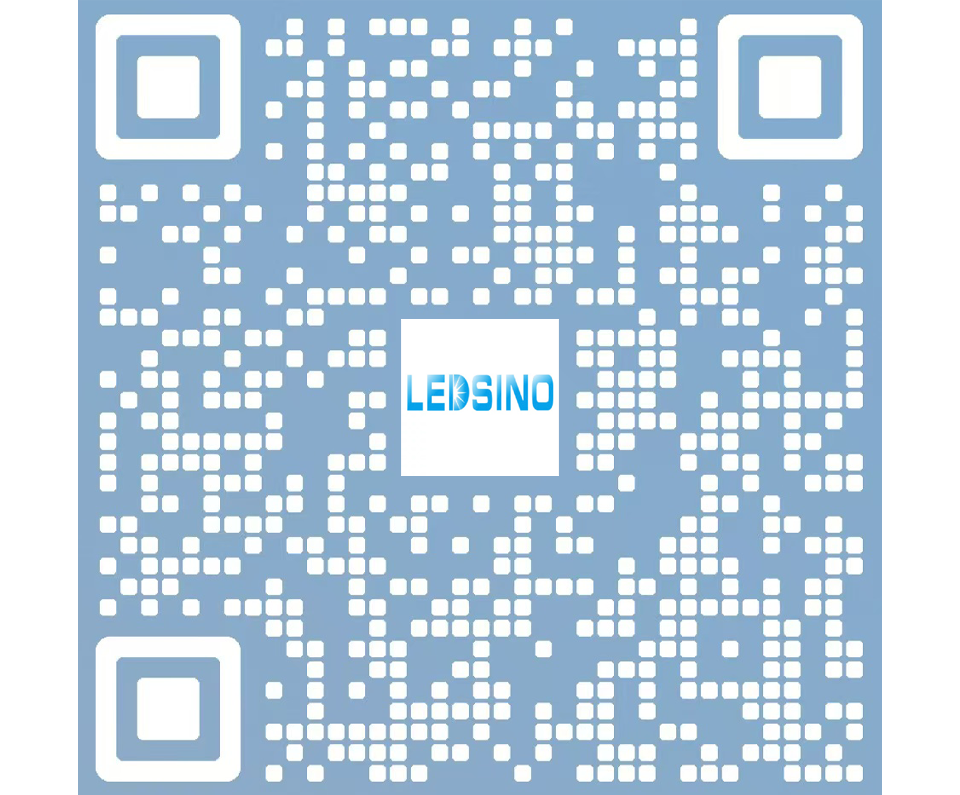
Enter the digital world with our advanced display technologies.

